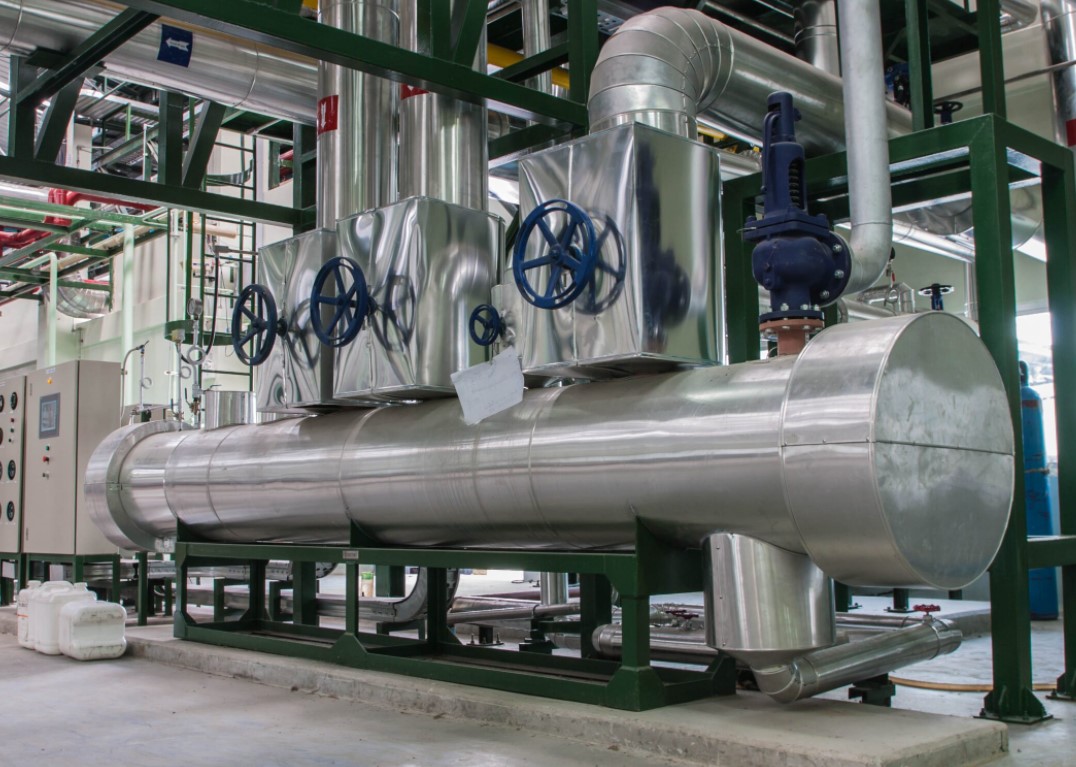In the 21st century, technology has overpowered people’s most routine problems. In the corporate world or in different entertainment places, people’s problems have been solved through different innovations and inventions.
A supermarket or a grocery market would never be successful if the products were damaged easily. There are different temperature requirements and adjustments for keeping the products in proper condition. This calls for a great and efficient refrigeration system.
Apart from the groceries, refrigeration systems are used for various industrial purposes, air conditioning, cryogenics, and many other things. Many people think twice before buying these refrigeration systems due to probable quality defects. However, companies like sjmechelect.com.au are excellent options for getting the right refrigeration system for a person’s or industry’s needs.
Furthermore, quality is not the only thing that is susceptible in these systems. There are several other factors that come into the picture while selecting a refrigeration condenser or refrigerant. The following section gives a comprehensive overview of these factors and throws light on the most common refrigeration systems found in the market.
Most Popular Types Of Refrigeration Systems
There are basically four kinds of cooling systems available in the market. These are, namely, the evaporative, mechanical-compression system, absorption, and thermoelectric system. These are described in detail hereunder.
1. Evaporative Cooling System
Commonly known as swamp coolers, these are operated by pushing hot outdoor air into the cooler’s pads. In the process, these pads provide cool water to capture this air. The converted air is then released from the system. In this way, the entire room or hall gets cooled.
It is an effective option to bring down the room temperature by 15 to 40 degrees. These are designed for dry climatic conditions. An added advantage of these systems is that they are easy to fix and install.
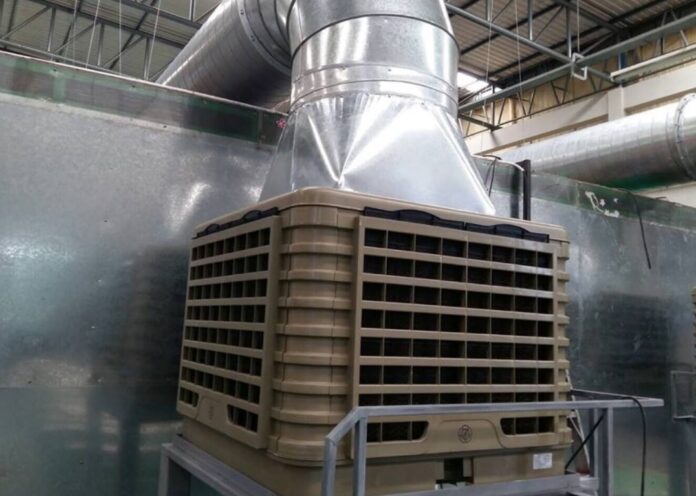
2. Mechanical Compression Systems
If a person is looking for coolers apt for industrial purposes, mechanical compression systems are designed for them. These coolers are generally used in commercial buildings and air conditioning. This category of refrigerants converts heat through mechanical compression. They force the air into the cold liquid using low pressure.
After the compression process, it expands the air into hot gas space using high pressure.
The main aspect of these systems is the application of pressure. The refrigerant here boils at 40 degrees, which pushes the warm air of the room outside.
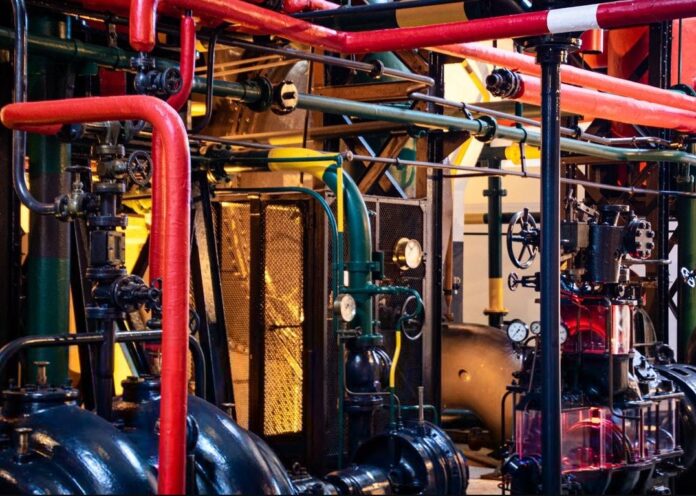
3. Absorption Coolers
The work process of absorption systems is similar to that of mechanical compression.
These use refrigerants which are capable of sucking other elements and substances. Most commonly, these coolers use ammonia as a refrigerant, with water being the absorbing item. In this process, there can be various sources of heat, including water, steam, natural gas, etc.
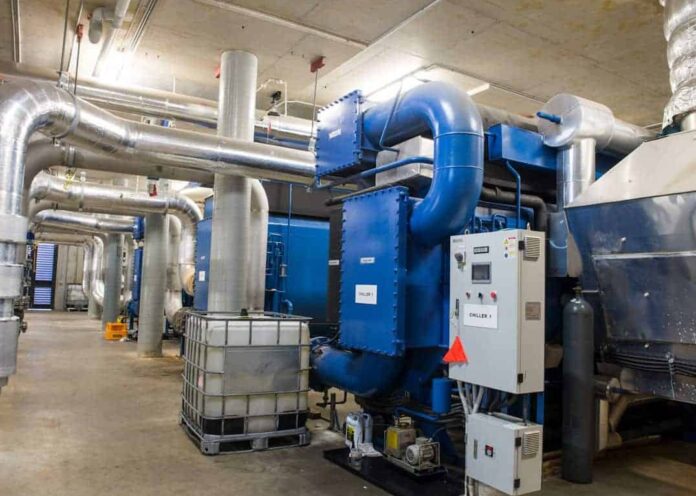
4. Thermoelectric
These systems operate without involving any agent like water or refrigerant. The main components required in this system are thermocouples and electric current. When the current is passed, the thermocouple has one end as warm and the other as cool. It is not a reliable option for large cooling loads. However, people having small cooling loads usually use this cooler for their needs. A person can find this system in electronic systems.
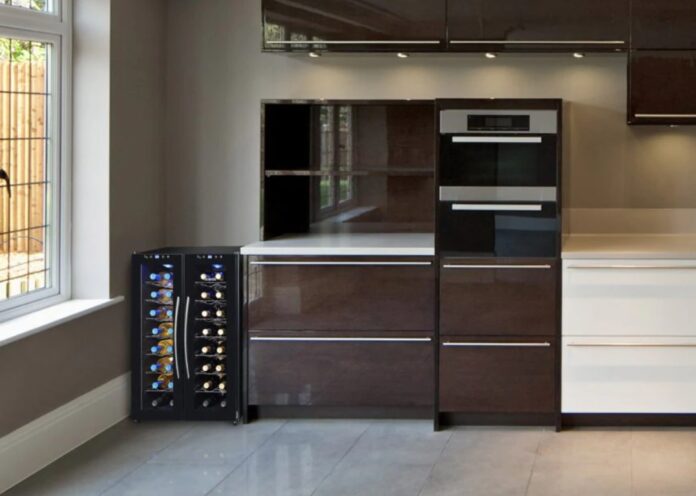
Crucial Factors To Consider While Picking The Right Refrigeration System
The following points highlight the four most significant factors to keep in mind while purchasing or fixing a refrigeration system.
Location Of Setup
Location is one of the major determinants of choosing an ideal refrigeration system. When there are highly unfavorable conditions where the system is to be set up, people will have to deal with limited options.
There are places with extremely cold environments. In this case, the systems might lead to excessive cooling and freezing. Furthermore, the compressor capacity in these areas also holds an integral place in the buying decision. Ice buildup and freezing can be dealt with in various ways to combat location issues.
Boiling Point And Temperature
Refrigeration systems should also be chosen, keeping in mind the application of the coolers. The purpose is an important element. For example, if industrial needs are to be considered, mechanical compression systems are the most preferred ones. On the other hand, basic evaporative systems should be chosen for household purposes.
Apart from the application, the boiling point of the refrigerant should also be noted. There should be a standard boiling point below 0-degree celsius. The temperature and pressure requirements also differ for different coolers. As a result, the buyer should be aware of these notable changes.
Installation Cost
Cost is also a vital aspect of the buying decision when it comes to refrigeration systems.
Coolers can be expensive or cost-effective depending on the features, size, pattern, model, etc. The buyer should draft their budget efficiently to avoid any confusion. It is advisable to set the budget a bit high to gain the advantage of durability.
Apart from the cost of the cooler, the installation charges should also be included in the cost structure. Sometimes, the old versions or models of coolers can be hectic, time-consuming, and costly to fix or install.
Environmental Factor
Going green is an important component of various technological devices. When the system generates cool air and prevents warm air, a lot of energy is lost. As a result, it leaves an adverse impact on the environment. Therefore, sustainability should be one of the prime factors to consider before buying the system.
Bottom line
Refrigeration systems have grabbed attention due to their exceptional utilities. There are various settings modes that have provided convenience to the users. The guide provided above gives a comprehensive analysis of these systems and helps buyers select the best one for their needs.
Apart from these factors, the cooler should be safe to use and non-flammable. Safety concerns are often neglected during the buying decision. In order to avoid any hazards, the buyer should always see the label and important points of usage.

